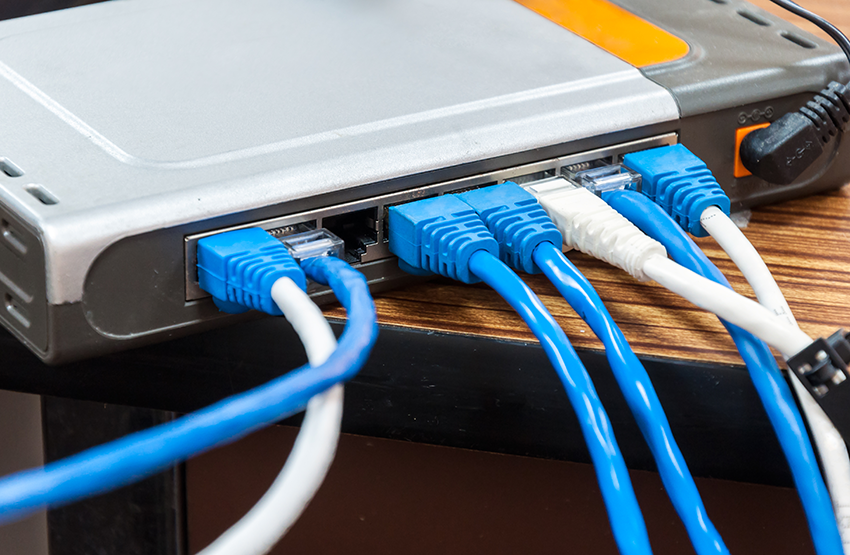With the sheer amount of available pornographic images of child abuse – often called child porn – available online, it may seem that there is little you can do to protect your children, or yourself, from this type of content. This isn’t true.
Here are eight key tools and tactics to eliminate – or significantly reduce – the risks of you or your child coming across pornographic material.
Eight tools to help block internet pornography
- Set your search engine to “safe search” mode: Google users can visit the ‘Google Safety Center‘ to adjust the settings, while Bing users can change preferences in the Bing Account Settings. If you use another search engine, it’s usually straight-forward to access the equivalent settings for that specific search engine. Also, if you child uses YouTube, be sure you have set the “safe” mode on that platform as well.
- Use the family safety tools provided by your computer’s/other device’s operating system: Windows and Mac operating systems provide family safety settings. Many mobile device manufacturers also provide a wide variety of safety settings within their mobile devices.
- Use family safety tool services: Sometimes called parental controls, these tools allow you to set specific filters to block types of content you find inappropriate. This isn’t just something to apply to youth; plenty of adults prefer to filter out pornographic and other types of content like ‘hate’ and ‘violence’. The appropriateness of some types of content will change as children mature; other types of content may always be unacceptable. To find the tools that best fit your family’s needs, search for parental-control or family-safety-tool reviews. Keep in mind that these tools need to be installed on every device your child uses to go online: game consoles, smartphones, tablets, personal laptops and computers. Some services have coverage for all types of devices, others are limited to just computers or phones. You may find that using a single solution on all devices makes your monitoring much easier.
- Periodically look at your children’s browser history. There are a number of phrases youth use to get around pornography filters – like “breast feeding” and “childbirth” – and some fast-changing slang terms that filters may not have caught up with like “walking the dog,” which is a slang term for sex. If you see odd search terms, give the sites a quick look.
- Have your children restrict access to their social networking sites to only known friends, and keep their sites private. A great deal of pornography is shared among private albums on social networking sites.
- Scan the photos on your child’s smartphone/mobile device time-to-time. While the youngest kids aren’t ‘sexting’, by the time they’ve hit their ‘tweens’, there’s a chance that they have begun participating in this type of behavior. Let your children know that you plan to sit down with them and go through the pictures they have stored on their phone.
- Review the applications your child has downloaded to their phone or tablet. Mobile content filters may not catch all the potentially inappropriate apps.
- You are your strongest tool. No technical blocking solution alone is enough to protect a determined child or teen from finding pornography online. Have the “talk” on an ongoing basis with your children about the content your family finds appropriate and inappropriate; this exchange should never be a one-time conversation.
Teens in particular may balk at the conversations, but they do listen far more than you might imagine. To learn more about your influence on your teens’ lives, see Psst! Parents! If you talk to your teen, they will listen to you, as well as this article about how to talk to teens.






